Anyone who walks along the beach has certainly discovered the most incredible objects washed up by the sea. The Maritiem- en Juttersmuseum Flora (Flora Maritime and Beach Museum on Texel) has collected countless of these finds and exhibits them in an impressive museum.
What is flotsam?
All objects washed up on shores or beaches due to ocean currents or tides are called flotsam. It is important that the objects remain on land, if they are still in the sea they are called sea drift.

A distinction is made between:
- Flotsam: Objects salvaged from a ship in distress or a crashed aircraft, for example containers, ship’s cargo.
- Sea litter: objects thrown from board a ship in distress with the aim of rescuing the crew.
- Beach drift: Objects that are driven against the beach and recovered from the beach, for example, messages in bottles.
- Wreckage: for example, sunken ship debris washed up from the seabed.
Animals, such as beached whales or dolphins, are not counted as flotsam.
Who owns the flotsam?
There are regulations and laws for everything, so also for flotsam.
In 1875, a beach ordinance was passed in Germany. This regulated the salvage or assistance and the acceptance of flotsam. With some adjustments, this ordinance remained in force for a long time.
Since 1990, there has been a classification of flotsam in the beach law, which in turn belongs to the lost property law. According to this, beach property is ownerless and the finder can legally appropriate it if the previous owner has given up possession of the thing with the intention of relinquishing ownership. This means that if it was deliberately thrown away, you can keep it, but if it was accidentally thrown away, you have to give it back.
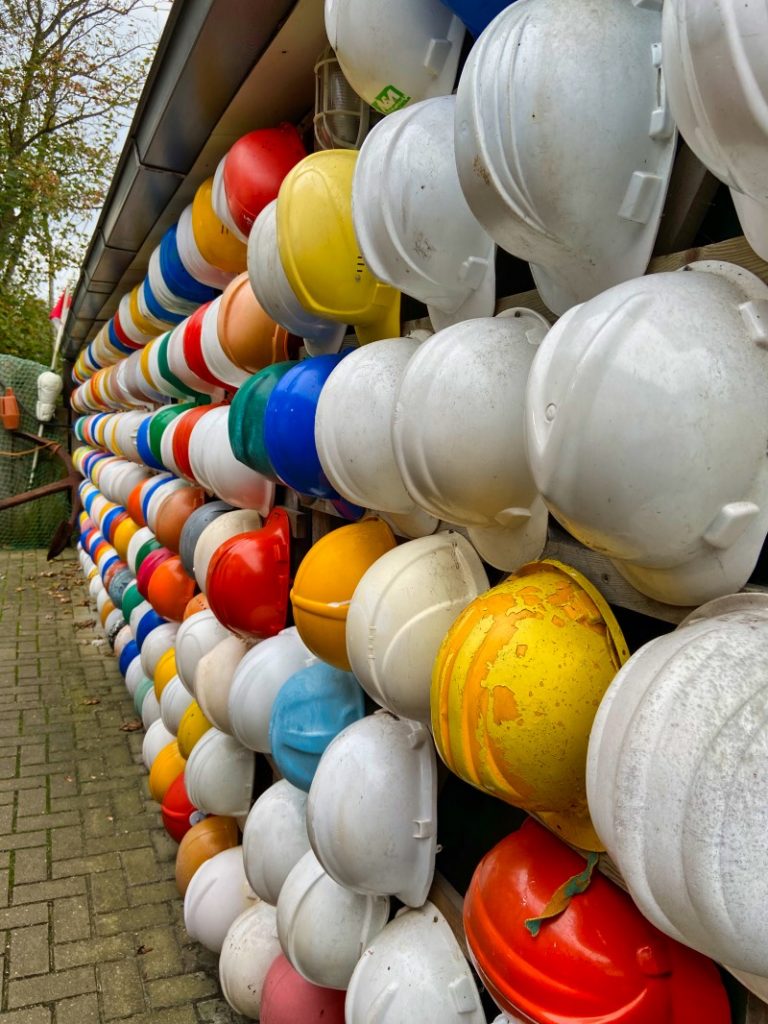
With flotsam, it is usually assumed that the owner has not given up possession, because flotsam are initially considered “lost at sea”. So you have to take it to the lost property office and wait to see if the owner comes forward. If they do, you are entitled to a finder’s fee; if they don’t, you can collect the item again after six months and keep it.
Collect flotsam in the Netherlands
In the past, coastal people often searched the beaches for valuable flotsam. Especially after storms, there was a good chance of finding something. In Dutch there is the term “jutten” for this.
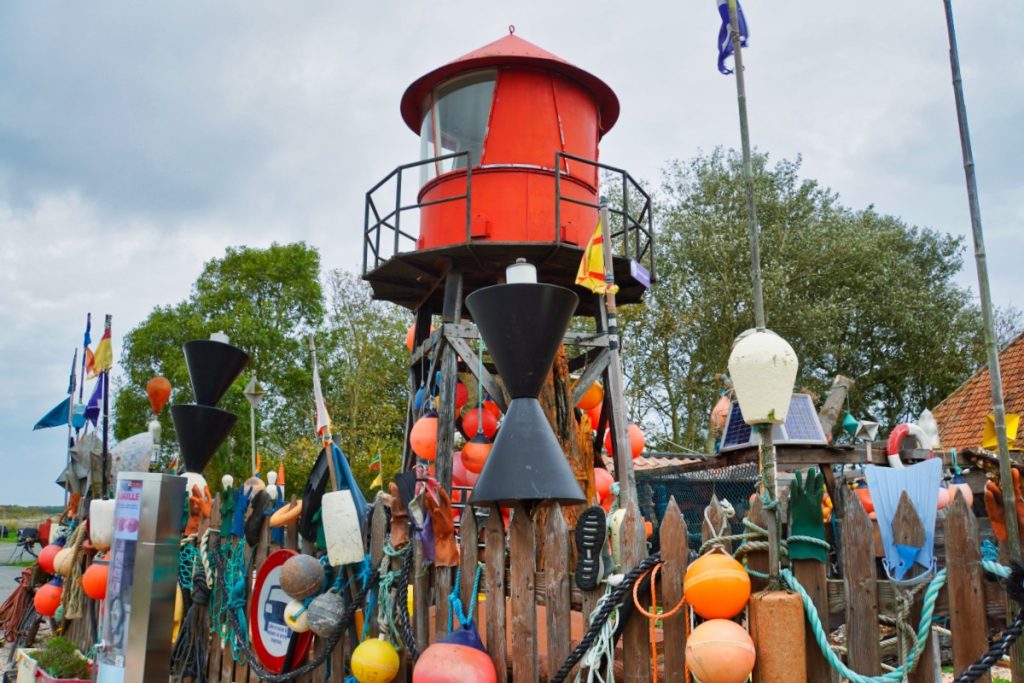
‘Strandjutten’ was and is an illegal activity, this is stipulated by the ‘Wet op de strandvonderij’ (1931) and the ‘Wrakkenwet’ (1934) – that is beach laws. The right to beach property stipulates that all found objects must be handed in to the police or the main beach guard.
Visit to the Maritiem- en Juttersmuseum Flora
From a large free parking lot, one reaches the entrance building to the Maritiem- en Juttersmuseum Flora after a few steps. Already on these few meters it became clear to me, this “museum visit” should become something special. Already before the entrance one could recognize – there will be much, very much to see.
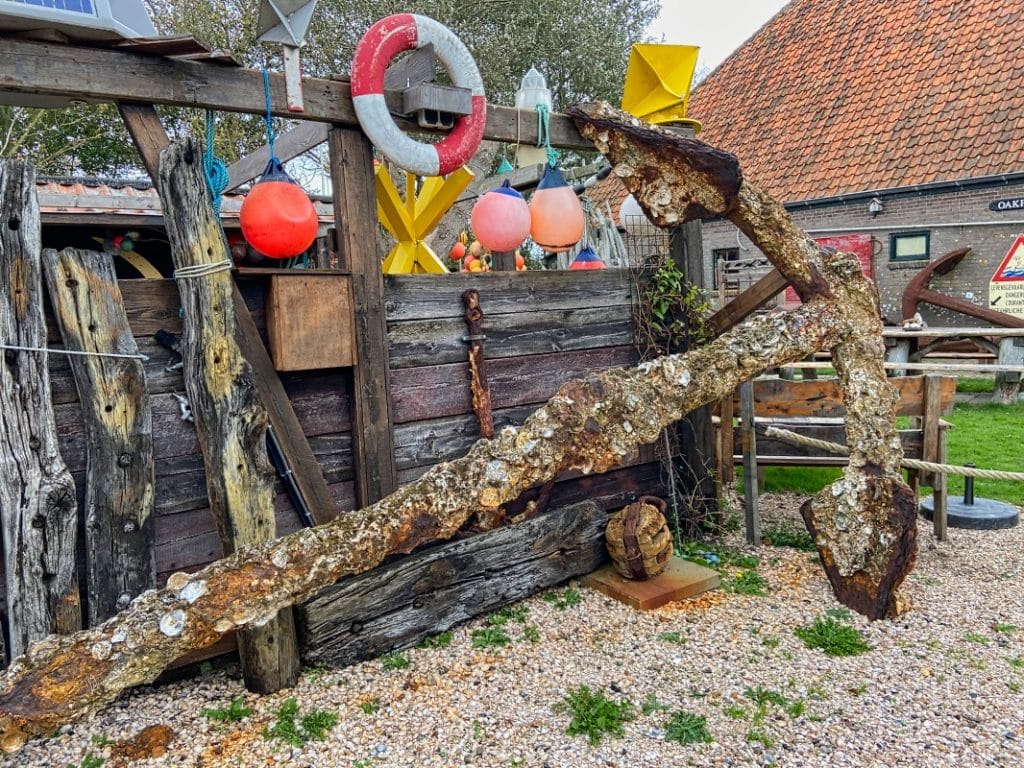
First, we were drawn to the outer area of the site. Past countless rusted anchors, ship’s rudders encrusted with shells, and what felt like 1000 boat fenders (a protective body that is supposed to prevent damage to the outer skin of a ship during harbor maneuvers as well as when lying against the quay wall) and ropes, the path led us to a large open area. This is where the “big” finds are located.
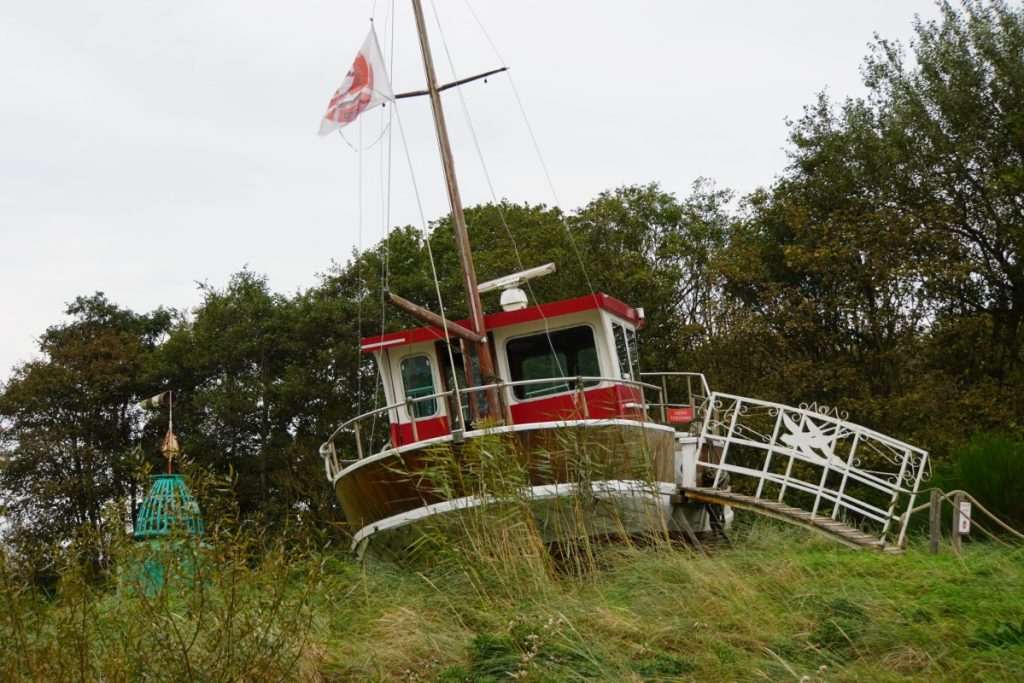
For example, you can enter a stranded Norwegian cutter and see huge buoys / position lights. For me, however, the most interesting find is the lifeboat capsule.
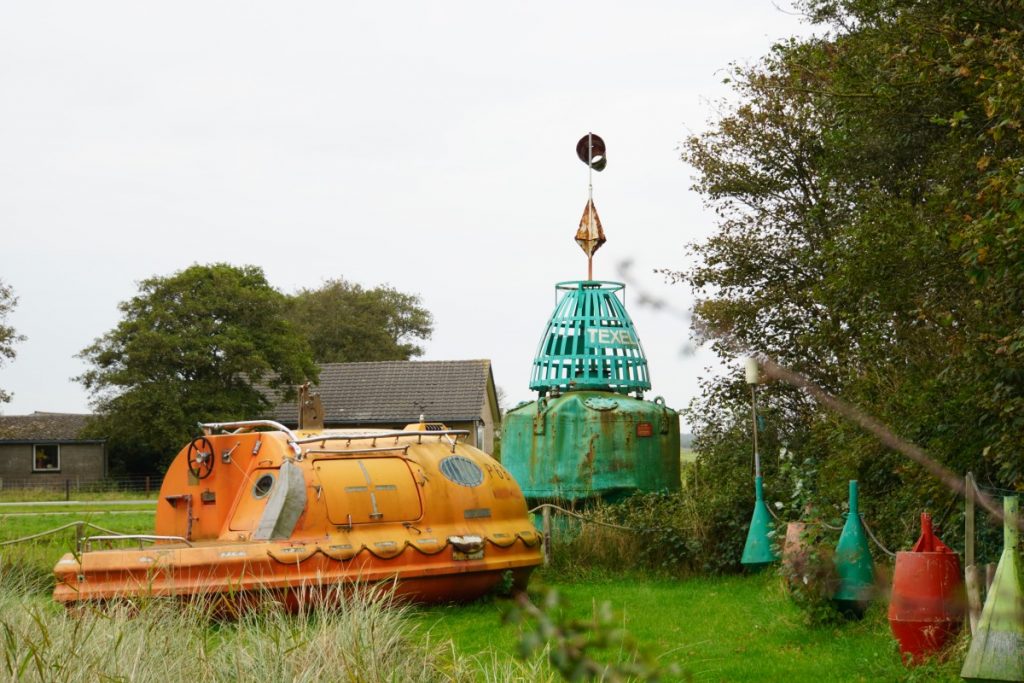
Found object: Lifeboat capsule
We stood in the Maritiem- en Juttersmuseum Flora in front of a large lifeboat capsule. I must say, I was a bit irritated at the idea of calling such a “capsule” flotsam. Who would find such a lifeboat? But in fact, it is really a found object that was washed up on the beach of Noordwijk.
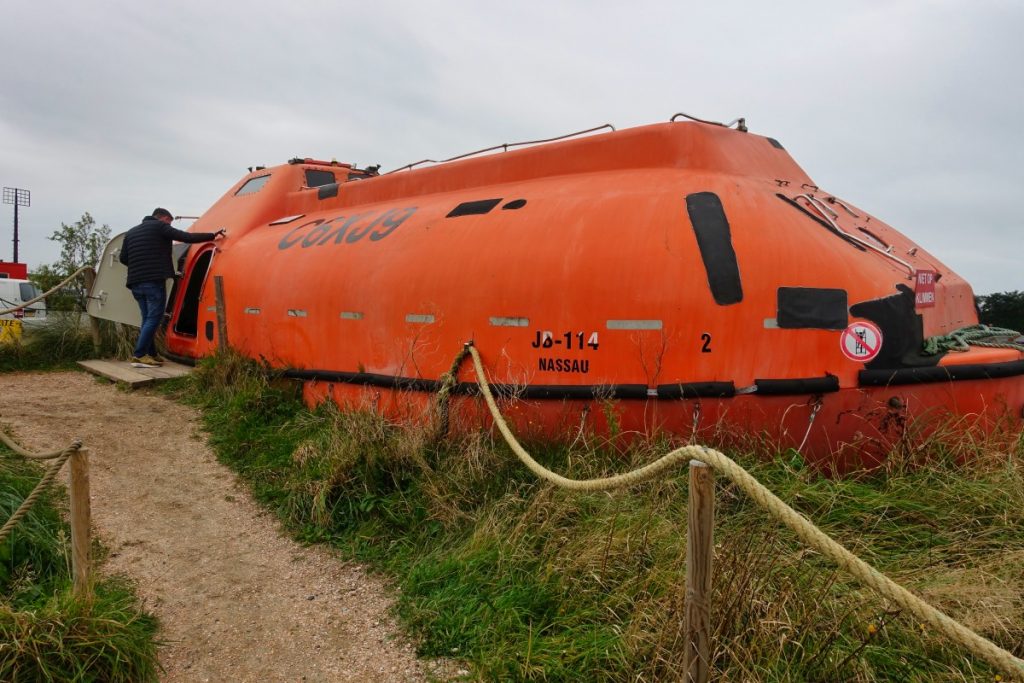
The lifeboat capsule was actually intended to serve nearly 100 people as a means of escape in the event of a disaster. It was originally located on the oil platform JB114 Nassau, which was moored in the North Sea. In November 2011, there was a severe storm over the North Sea. Meter-high waves whipped over the oil platform. The waves swept the rescue capsule, which at 6.5 tons is no lightweight, into the sea.
It does not take long and the sea “spit out” his robbery on the beach again. The former owner donated the find to the Flora Beachcomber Museum. And so today you can climb into the 9.35 meter long and 3.60 meter wide boat and take a closer look.
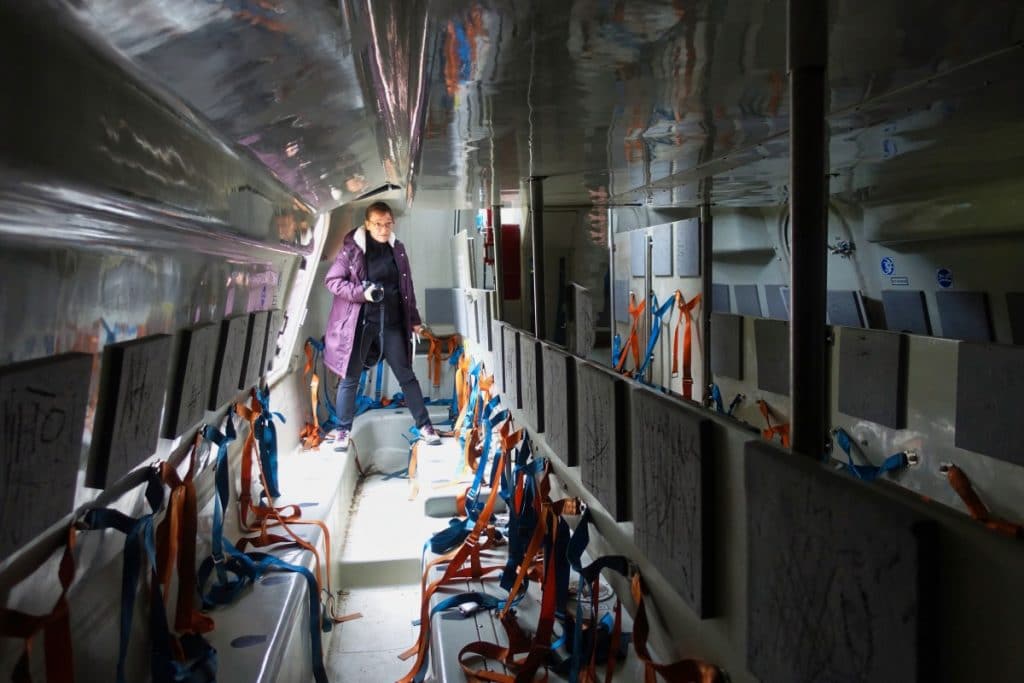
We also got into the lifeboat capsule and quite honestly, I got out again immediately. The idea of almost 100 people sitting here crammed together, no view to the outside, the sea tossing them back and forth like a cue ball … it was too cramped and too oppressive for me. On the other hand – better to sit there close together than to drown. In a pinch, I would certainly have gotten in without hesitation.
Stroll through the museum buildings
Some of the findings can be viewed in special assemblages in small buildings on the site.
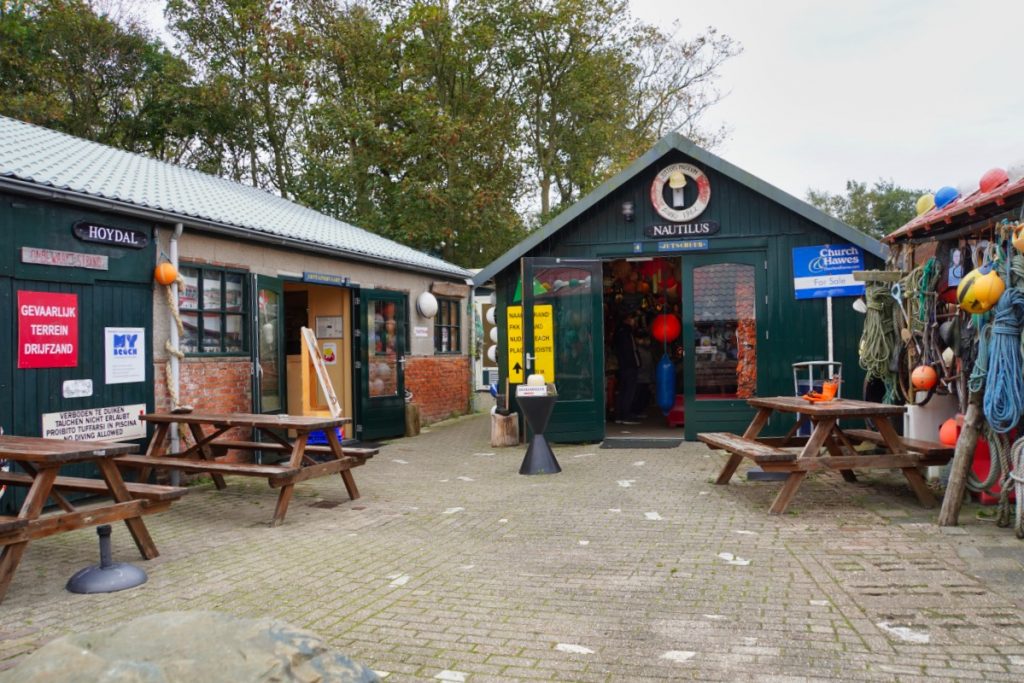
In the “Jutterei” building you will find a collection of objects that have washed up on the beaches of Texel over a period of about 80 years. Objects such as lifebuoys, helmets, fenders, ropes or fishing nets can be seen here in all sizes and colours. The inscriptions also show they come from all corners of the world. These finds are not pretty, but I can still understand that some of them could end up in the sea.
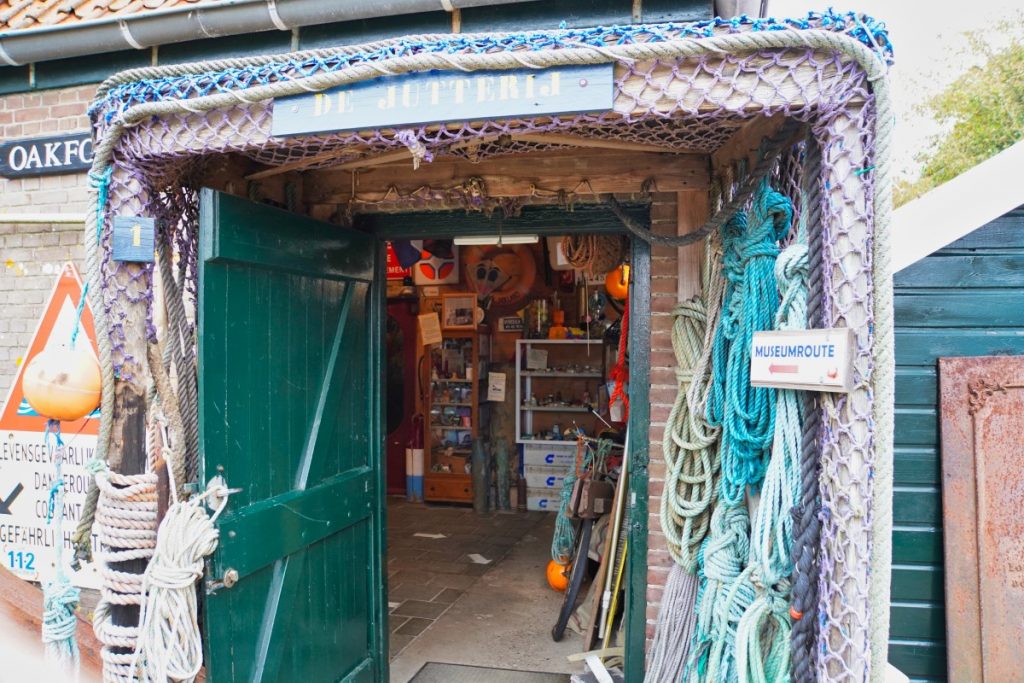
Even the fact that a container can go overboard in an extreme swell is understandable to me. Yes, and that the contents of the container then reach the beach is also clear. I remember too well newspaper reports about a load of brand-name shoes that went overboard and washed up on Langeoog, for example. The Maritiem- en Juttersmuseum Flora also has countless shoes that were found on Texel.
If you look further, you discover countless baby dummies, plastic gloves, lighters, bottles, cans, medicines,… all objects that horrify me. Why does this end up in the sea and above all why in such quantities? Just making the items “visible” during this visit makes it clear to me how much the sea has become a dumping ground for the population. It’s shocking and I hope it will leave an impression on one or two visitors that will lead to a change in their behaviour.
There is still so much to discover in the other exhibition areas that I can stay in the museum for a very long time. I find the reports about the ships stranded off the coast of Texel and the work of the rescue company KNRM impressive. One video, for example, shows how a stranded ship is dismantled on the beach and transported away, another video impressively shows the work of the rescue society. Really great presentation and I actually saw the explanatory texts in German everywhere.
Maritiem- en Juttersmuseum Flora for children
With children, a visit to the Maritiem- en Juttersmuseum Flora is not to be missed. There is a scavenger hunt through the museum designed for children, during which the participants complete numerous tasks. In addition, there are small stations where the children (and adults too) can get active. I really had to try fishing and enthusiastically refreshed my knowledge of sailor’s knots.
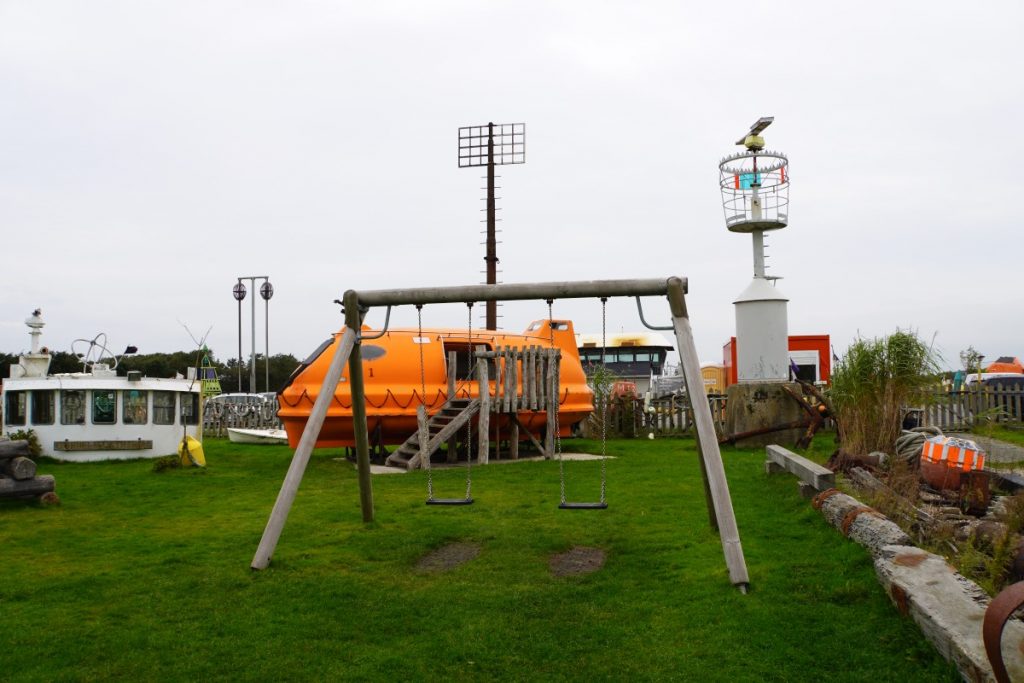
The highlight is certainly the huge playground with swings, ropeway and seesaws. There are picnic tables and you can also bring your own picnic. Or you can visit the very cosy museum café, where you can get numerous drinks and snacks.
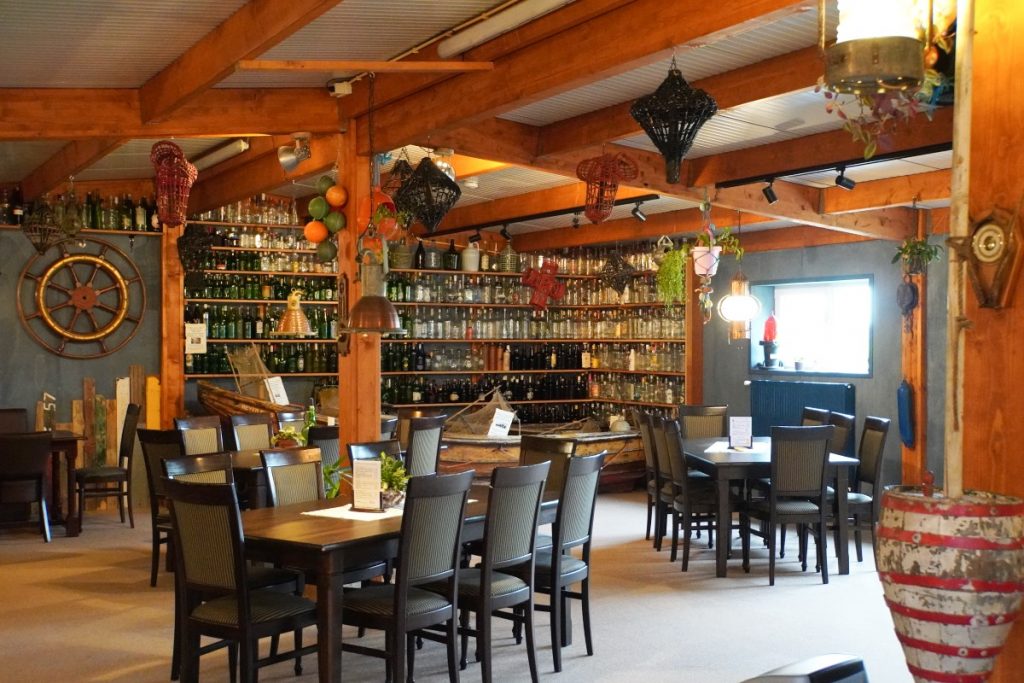
Address:
Maritiem- en JuttersmuseumFlora
Pontweg 141 A
1796 MA De Koog TEXEL
Parking:
Free parking directly at the museum.
Opening hours:
daily: 10-17 h
Admission fees:
Adults: 6,50€
Discounts are available.
The visit to the Maritiem- en Juttersmuseum Flora was an item on the programme of a press trip by VVV Texel. The coverage is independent of the trip.
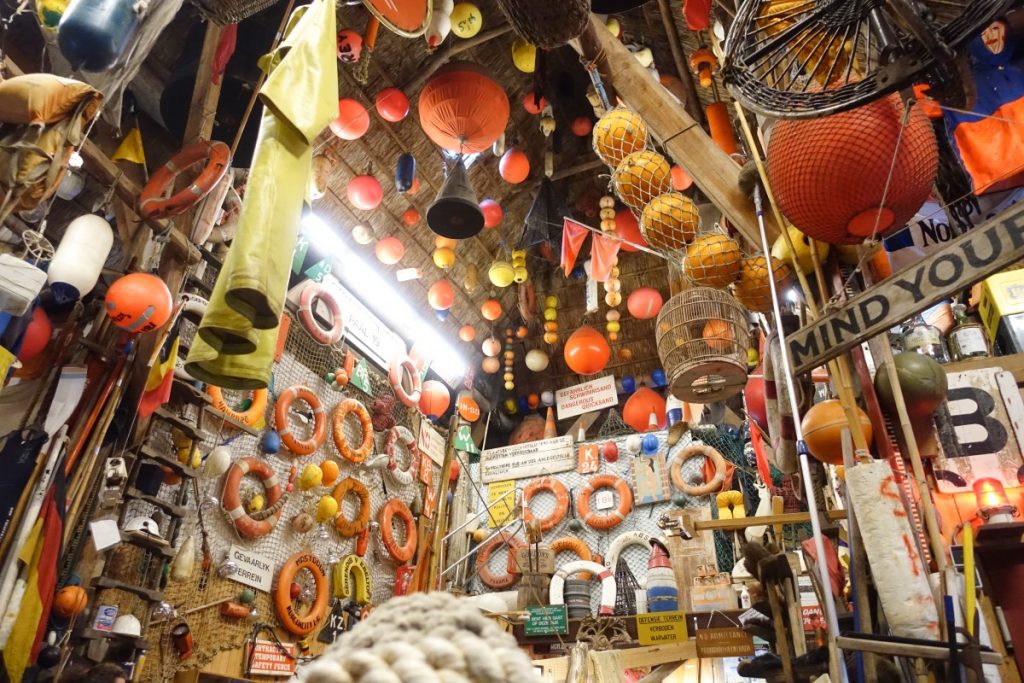
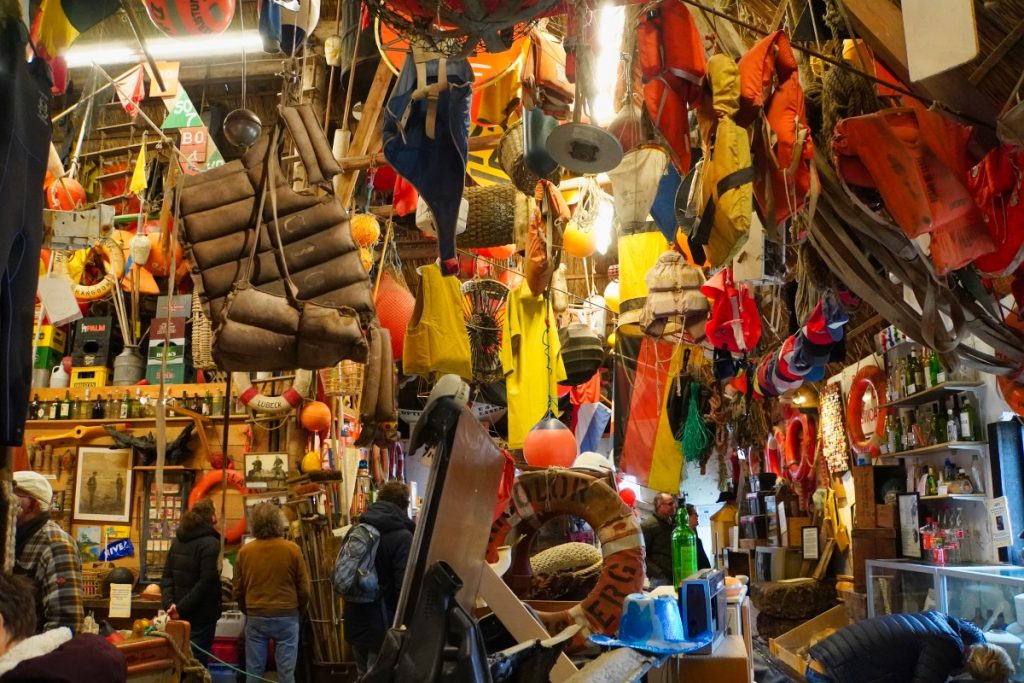
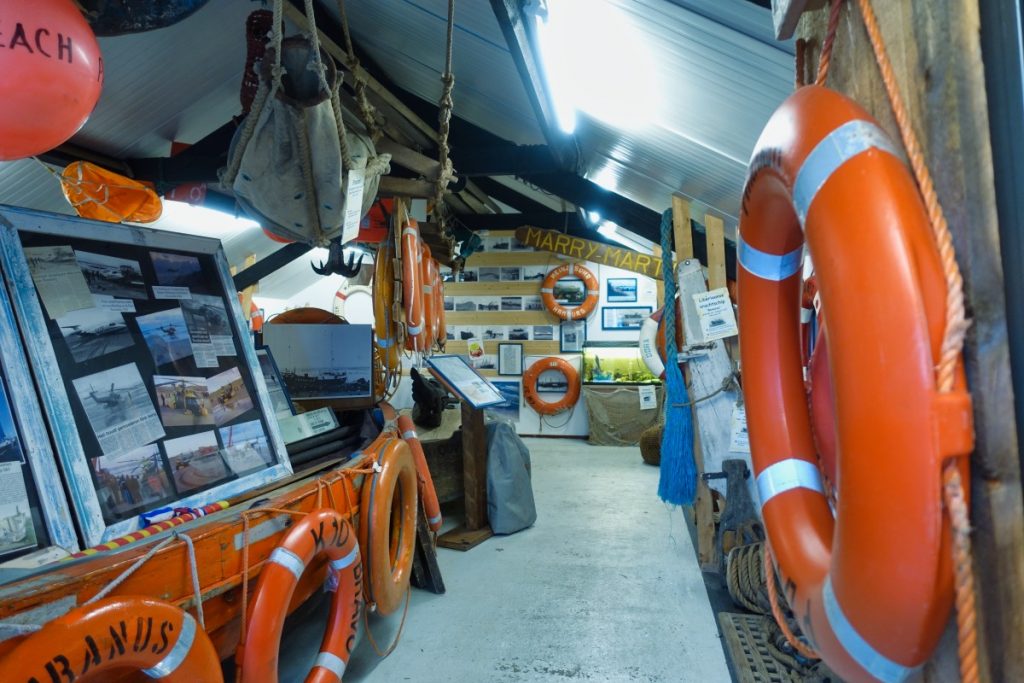
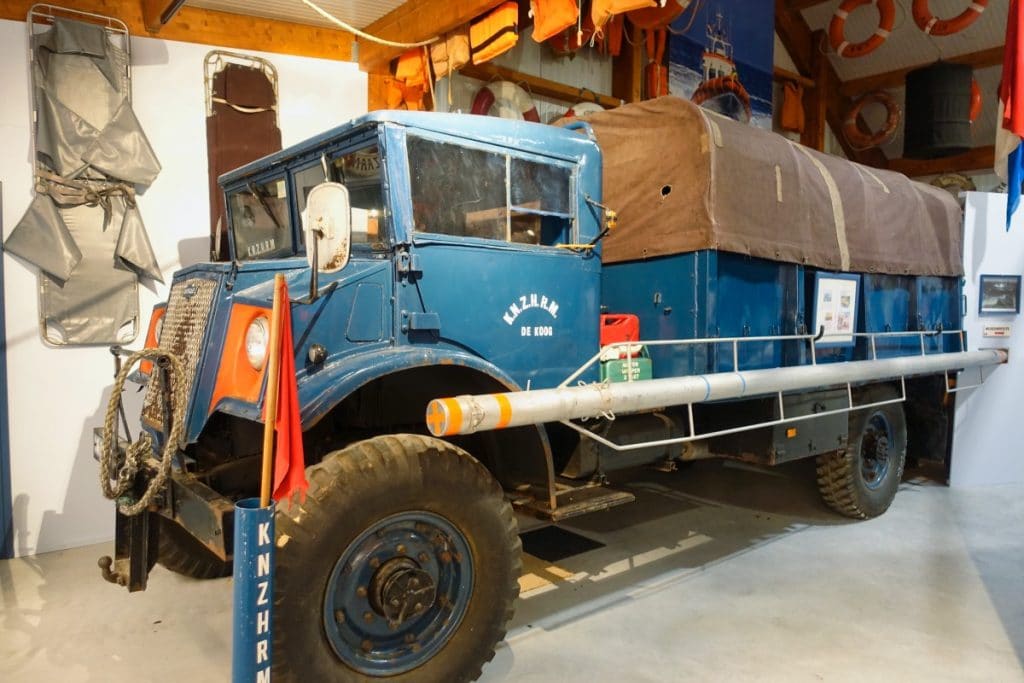
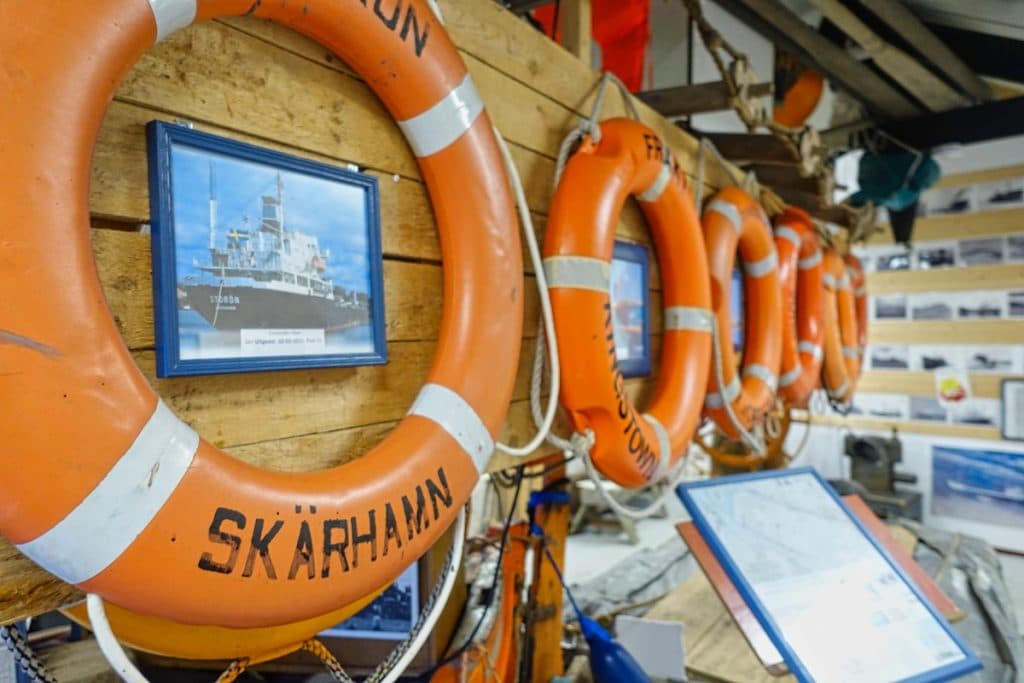
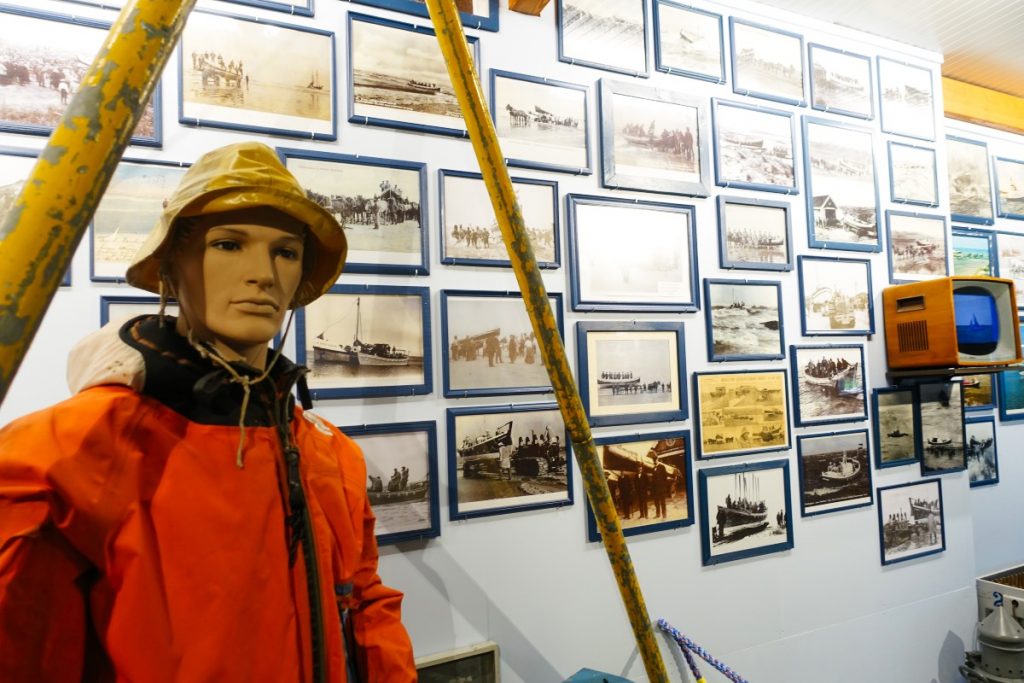




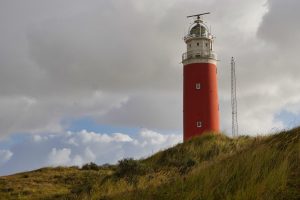
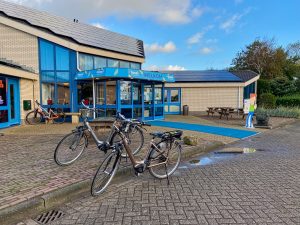
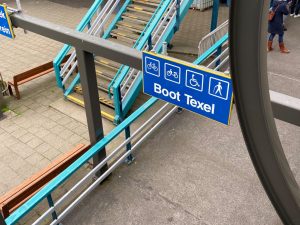

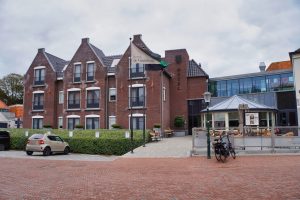

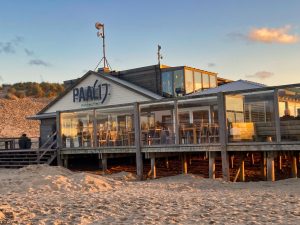
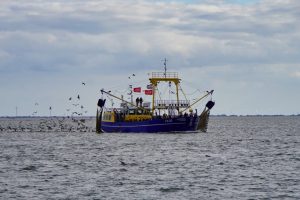
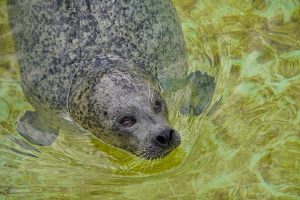
Leave a Reply